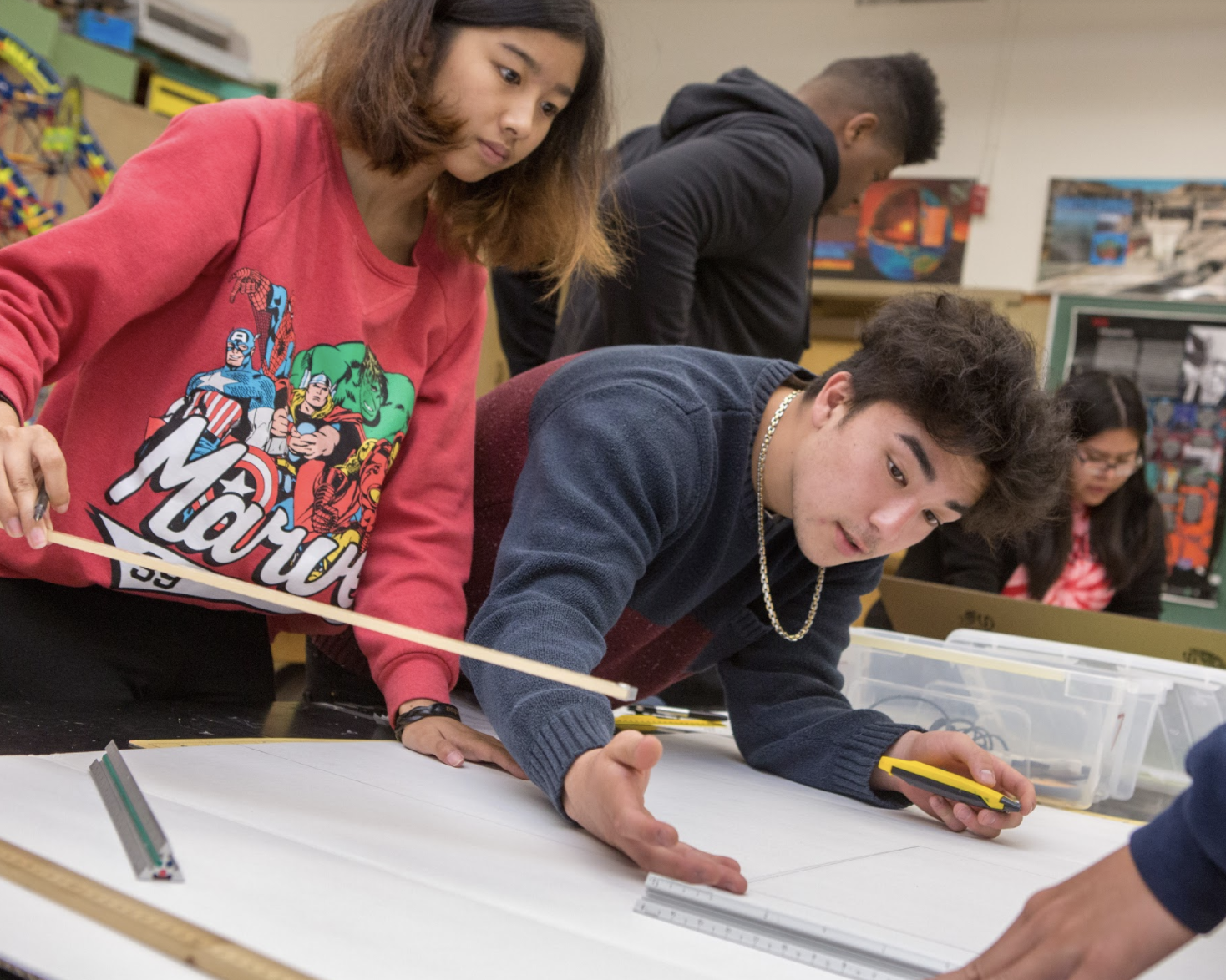
ALL students can learn. I do not believe many teachers will disagree with this statement. The argument or debate is usually centered around how do we create opportunities for this to happen? In a PBL classroom with students of various academic levels, strategic guidance during project work time is necessary. Even for an experienced PBL teacher, it can sometimes be a struggle to get students to think and talk about a given topic without the teacher over-guiding their thought process. The major challenge was to have active students manage their work time and stay focused on their own learning throughout the lessons.
I’ve seen that students will value work time when they connect to the importance of a project—how it impacts their lives and others, especially someone they value. For example, my eighth graders did a project on non-communicable diseases that gave students an opportunity to offer contributions, share their skills, and make their voices heard. Students had to find effective preventive strategies, based on evidence using controlled clinical trials and research, to educate their community on the risks of heart diseases, diabetes, strokes, and more. The driving question for this project was: “How can I, as a medical research student, inform and ensure that the impacted community understands the preventive methods available to them?” Students were asked to produce a 3-minute commercial that would be presented during a local community forum. They had the opportunity to engage in rich discussions that reinforced what they were learning, clarified the purpose and value of their work, and stimulated many questions along the way.
Project Launch
The project began with data collection, as students had discussions with family members about how the different designated diseases had impacted their families and community members. This entry event helped students become emotionally connected to the purpose of the project. After launching the project, a class meeting was held to review the work and answer any questions about the task, before allowing students to begin their independent work. The students rotated among teams to engage in deep conversations about what they found in doing their research.
Structuring Work Time
Students then were engaged in scheduled planned work time and mini-lessons for each group. I used a check-in system to help me stay updated on the project’s progress and make sure students were on track and meeting expectations.
The first ten minutes of work time was the Think Aloud strategy, where students would read an article about a disease. Students worked independently to analyze their thinking and understanding of the article’s content, and then collaborated to complete the “4A’s” text chart (Agree, Argue, Assumptions, Actions) to guide their research. The teams then made a plan on how they would proceed in the work.
To break down the complexity of the assignment, students completed a graphic organizer to help them analyze the classification, causes, treatments and symptoms of the diseases. Students decided how they would manage their time on each of these categories.
Students had the opportunity to engage in discussions that connected their effort to the project’s success, and reinforced what they were learning, while clarifying any questions along the way.
Valuing the Work
Bringing value to work time enhanced student mastery of the project’s learning objectives. Because they connected to the value of the research collected, the content of the students’ commercials was very detailed and the voice of the students was heard throughout the presentation. The project created a culture of students being self-directed as they worked collaboratively in teams two or three times a week. The result was the development of life skills, such as critical thinking, good communication skills, and decision-making skills that would influence their decisions on living healthier lives.

